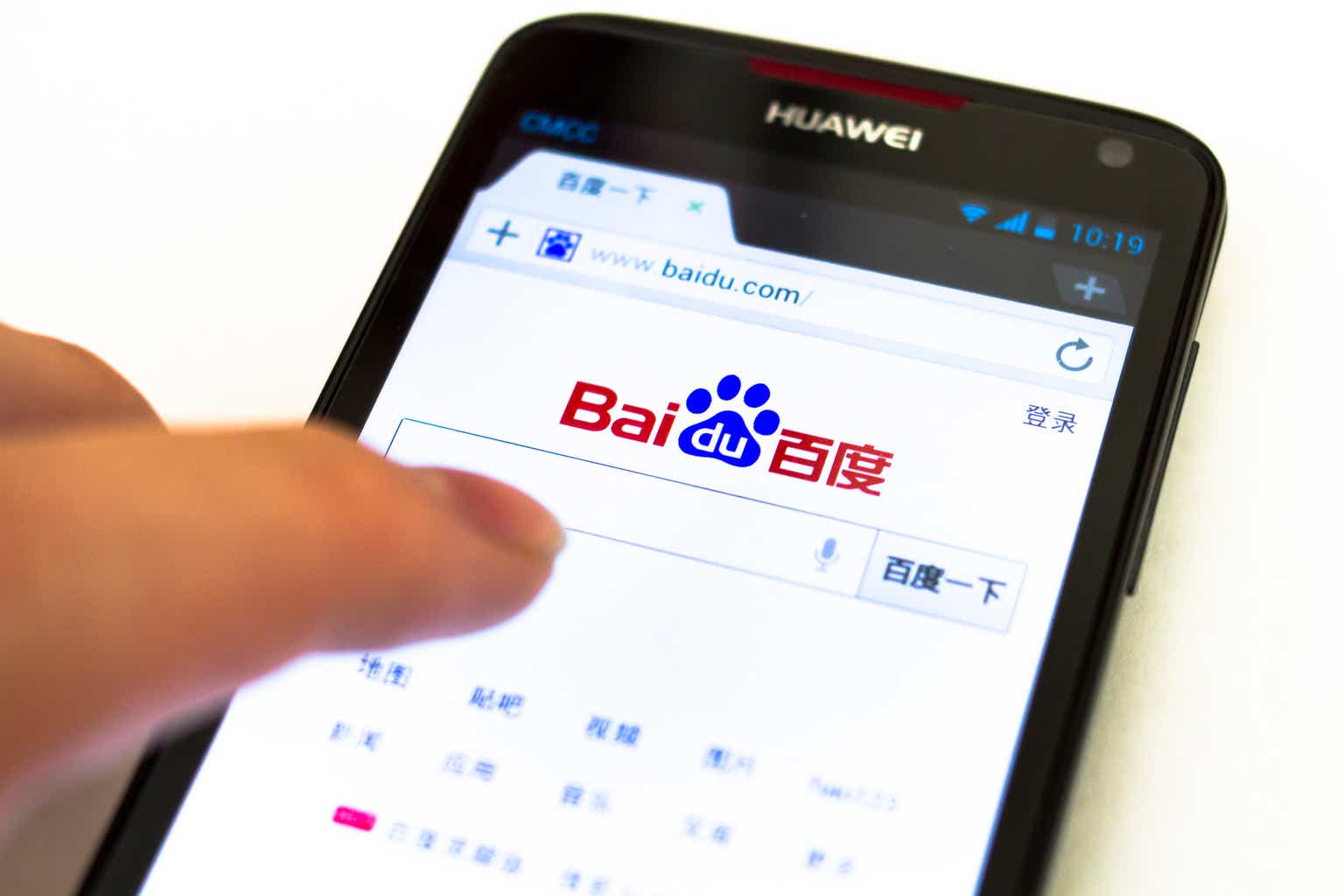Yes Bank vs IDFC Bank

Yes Bank vs IDFC Bank: Banks are the engine of the economy. The higher the bank’s asset quality, the better the economic condition. Increases in income and population can increase demand for goods and services in the long term. Banks facilitate the flow of funds in the market, subject to monetary policy, which determines the growth and decline of the economy. In this article, we will compare Yes Bank and IDFC First Bank in the banking sector.
Yes Bank


Company Overview
Rana Kapoor founded the company in 2003 in Mumbai, India. They provide corporate banking, branch banking and commercial banking services to their customers. The company also provides investment banking services, including mergers and acquisitions, divestitures, private equity syndication, and IPO advisory services.


The bank has 1,192 branches and 1,301 ATMs across the country and is located in three union territories. As per the FY23 report, the total number of employees is 27,517.
crisis of battle
The company, once a top performer and the country’s fifth-largest private bank, has faced problems due to pressure from assets such as ADAG, Essel Group and DHFL. Rana used aggressive tactics to lend corporate loans at higher interest rates, which increased risk. Rana Kapoor and Morgan Credits Private jointly sold 2.16% in the open market, raising concerns.
Yes Bank invested in DHFL bonds despite concerns raised by the bank’s treasury department. Due to the slowdown in the Indian economy, problems arose and NPAs started rising and the founders were handling some of the fund transfers through various accounts.
Yes Bank suffered a crisis in 2020 as corporate governance issues and an increase in non-performing loans damaged its brand image and raised concerns about financial stability. To stabilize the bank, a consortium led by SBI invested Rs. 7,250 crores from Rs. Additional banks such as ICICI Bank, HDFC Ltd., Axis Bank, Kotak Mahindra Bank, Bandhan Bank, Federal Bank and IDFC First Bank are also investing to boost the bank’s liquidity, investing 10 shares for 725 million shares.
Depositors have been withdrawing money from banks as public confidence in financial constraints erodes and NPAs rise. The bank is seeking a comeback to restore public trust, improve lending, reduce NPAs, increase transparency and improve corporate governance.
segment analysis
In FY23, treasury accounts for 19% of revenue, corporate and wholesale banking 37%, retail banking 42% and other banking operations 3% of revenue.
IDFC First Bank


Company Overview
All started as NBFCs, IDFC Limited was started in 1997 primarily to lend money to infrastructure projects and businesses after RBI approval in 2013. IDFC Bank was established and separated from IDFC Ltd. in November 2015.
To increase its market share and presence, the bank diversified primarily into retail banking and later merged with Capital First. The current CEO, V. Vaidyanathan, has experience expanding the customer base by opening more branches during his time at ICICI Group. The bank has 809 branches and 925 ATMs across the country and has had a total workforce of 23,096 over the past four years.
Provides lending and banking services to small and medium-sized businesses. Individuals, small and medium-sized businesses, and businesses can all benefit from the bank’s financial services. The bank offers retail banking, corporate banking, IPO services, microfinance and asset management services.
segment analysis
In FY23, treasury accounts for 28% of revenues, corporate or wholesale banking accounts for 14%, retail banking accounts for 57%, and other banking businesses account for 1% of revenues.
Merger Update
On July 3, 2023, the company announced its merger with IDFC Limited. According to the bank, the merger will simplify the corporate structure of the various companies, create a diverse set of public and institutional shareholders, and make it much easier to raise capital in the form of equity holdings. For every 100 shares held by IDFC Ltd., investors will receive 155 shares of IDFC First Bank. This was recently announced by HDFC Bank and HDFC Ltd. It was one of the largest mergers in the banking sector since the merger.
industry analysis
By 2050, India is expected to have the third largest domestic banking sector. India, the world’s largest consumer market, is expected to surpass the United States and become the third-largest consumer economy by 2030, thanks to its young population, with people under 35 accounting for 65% of the total population.
India’s banking industry has been growing well thanks to strong economic growth, rising disposable income, increasing consumerism and ease of access to credit. Digital payment methods have grown by leaps and bounds in recent years. As a result, traditional paper-based instruments such as checks and demand drafts now account for a negligible portion of payment volume and value. Recent collaborations with fintechs have also contributed to significant developments.
Yes Bank vs IDFC First Bank – finance
Net profit and net profit
Yes Bank FY23’s net interest income increased by 21.75% year-on-year compared to IDFC First Bank’s 30.17% year-on-year.
Both banks’ net interest income is improving. Yes, Bank NII has been increasing since FY22 and IDFC FB NII has been increasing since FY19. All non-core businesses of the bank, including other profits, are increasing in proportion to profits. However, rising interest rates could put pressure on NII.
Yes Bank’s FY23 net profit was -30.84% y-o-y, while IDFC First Bank’s net profit was 1,778.24% y-o-y. Yes Bank’s net profit is improving slightly after suffering heavy losses in FY20 and FY21, while IDFC FB has recovered from low profits by FY22. Yes Bank is still recovering from the crisis and has seen its recent decline in profits compared to IDFC FB, which has been growing its profits exponentially and outperforming Yes Bank.
Net interest margin and net profit margin
Yes Bank and IDFC FB’s FY23 NIM was 2.22% and 5.26%, respectively, up 9.35% and 3.13% YoY. IDFC First outperforms Yes Bank in terms of NIM, well above its 5-year average of 4.19%. Yes Bank is maintaining reasonable levels with declining NIM, raising concerns over margins.
The FY23 NPM of Yes Bank and IDFC FB was 3.24% and 10.93% respectively, with Yes Bank down 42.03% and IDFC FB up 1,319.48%. IDFC First’s NPM has improved significantly compared to Yes Bank. IDFC FB is on the rise, while Yes Bank NPM declined in FY23 but is still well above the five-year average of -13.17%. Yes Bank provisions/write-offs increased by 983% year-on-year for non-performing loans in FY20, a significant increase resulting in losses.
rate of return
In FY23, the RoE of Yes Bank and IDFC FB was 1.80% and 9.61%, respectively. The average RoE of Yes Bank and IDFC First was -14.99% and -3.20%. The increase in IDFC FB provisions in FY20 impacted profitability and return on equity. For Yes bank provisions were high in FY20, resulting in significant losses.
The RoA in FY23 was 0.20% and 1.03%. The five-year average RoA of Yes Bank and IDFC First was -1.33% and -0.12% respectively. IDFC has grown exponentially and is on the rise compared to Yes Bank. Yes Bank is improving and we need to track the coming years to analyze the trends. Yes Bank and IDFC FB recorded high negative RoA due to losses in FY20.
Gross and net non-performing assets
Yes Bank and IDFC FB’s gross NPAs stood at 2% and 2.51% respectively, a significant improvement over the average of 10.2% and 3.04% over the last five years. The most important thing for the Bank is to curb defaults and Yes Bank and IDFC FB have similar gross NPAs but IDFC FB has significantly improved its net NPAs when compared to Yes Bank. Both banks are seeing improving NPAs, which reflects improving asset quality.
Yes Bank and IDFC FB net NPAs stood at 0.83% and 0.86% respectively, a significant improvement over the average of 3.65% and 1.29% over the last five years. Gross NPAs represent funds not recovered by the bank, net NPAs represent defaults by borrowers less bad provision, and segregation is based on number of days outstanding by borrowers.
Key Indicators of Yes Bank and IDFC First Bank
Key indicators for both banks include:
Yes Bank vs IDFC First Bank – Future Plans
Yes Bank
- The bank raised capital of 500 billion won. It has secured $890 billion through private equity investors such as Carlyle and Advent for a 9.99% stake in the bank, which could help boost investor confidence and cushion capital.
- Yes Bank plans to expand its distribution network by opening 150 new branches in FY23 to increase its market presence and share.
- The bank’s top priority is to improve its CASA ratio while maintaining deposit growth at 15-16%.
- Currently, the bank’s loan-to-deposit ratio exceeds 90%, and management plans to loan out a higher proportion of deposits to increase profitability.
IDFC First Bank
- The merger with IDFC Limited could help the bank grow in terms of lending and customer base.
- The bank has recorded profits for three consecutive years, which could contribute to increased government banking as it meets one of its key criteria.
- As of Q3 FY24, the bank expects sustained loan growth of 20%-22% in FY25. We chose a more conservative loan growth at an aggressive 25%.
- Management expects the deposit base to increase to around Rs. 5.85 billion by FY29. To achieve this growth, deposits are expected to grow at a CAGR of 25.8%.
conclusion
We will compare Yes Bank and IDFC Bank towards the end of the article. Despite the high interest rate environment, both banks are at risk of benefiting from an expanding credit cycle. Demand is increasing and loan spending is also increasing.
It is compared to IDFC First Bank, which has emerged as one of the banking giants based on its strong financial structure. Yes Bank is in recovery phase. If we compare the NPM, NIM and other related ratios of the two companies, IDFC First Bank emerges as the clear winner. What do you think about the growth of these companies? Let us know your thoughts in the comments section below.
Written by Santosh
By leveraging the Stock Screener, Stock Heatmap, Portfolio Backtesting and Stock Comparison tools on the Trade Brains portal, investors have access to comprehensive tools to identify the best stocks, stay updated and informed with stock market news. invest.


Start your stock market journey now!
Want to learn stock market trading and investing? Check out exclusive stock market courses from FinGrad, a learning initiative from Trade Brains. You can sign up for free courses and webinars from FinGrad and start your trading career today. Sign up now!!



